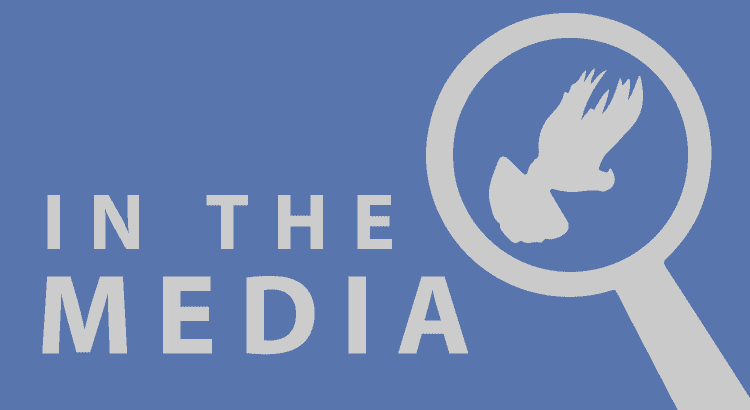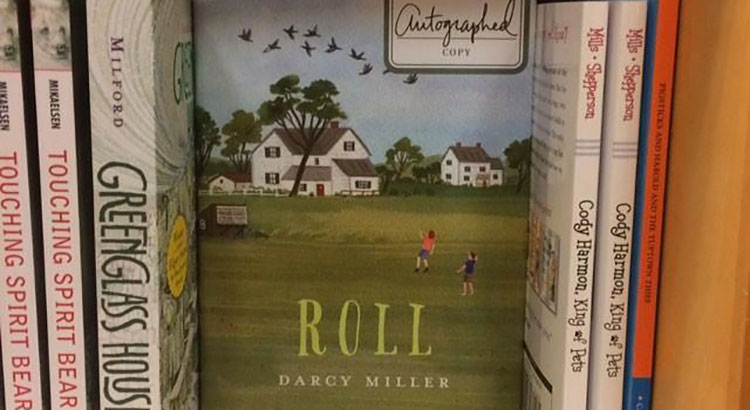A new book has hit the ‘shelves’ at Amazon and we are delighted to report that it’s about Birmingham Rollers. The book, Roll, is now available for purchase. It’s a children’s book with a set age range of 8-12 years written by Darcy Miller of Prairie du Sac, Wisconsin. We also want to point out the super positive reviews on the book page.
Category: Literature

The Origins of Our Misguided Hatred for Pigeons
An article about the public’s distaste for urban or city dwelling pigeons with an interesting suggestion to explain it. Read More

MAPR Newsletter – January 1991
Here’s an an old newsletter from January 1991 published by the Massachusetts Association of Performing Rollers that was passed along by a fellow fancier. It’s a great piece of Birmingham Roller history. Give a look and feel free to comment. Enjoy. Read More

LA Times Article: “Spiraling birds set man’s life straight”
“I’m a little young dude just back here raising my pigeons,” Taisean wrote. “If it wasn’t for my pigeons, I’d probably be around here robbing houses. I’d probably be robbing your house! So that’s why I love my pigeons.”
Attributes of Good Kit Birds
by Steve Agent; August 2002
1. They must kit and kit tight. 
2. They must spin, preferably when others spin.
3. If they spin alone, they should cut the spin off shorter than if they spun with the kit. Basically, if they are 30′ they should stop around 15′.
4. If they have the kitting instinct they will cut the roll off (as needed).
5. If they did not spin and some of the others did, they should wait for the others to catch up instead of continuing the fly pattern creating a large gap between them. Read More
Birmingham Roller Origins
by Tom Monson; Copyright 2002
published with permission from author
Ancient Roller Origins
The ancient origins of the roller pigeon are shrouded in mystery and conjecture. The roller performs as it does because it has inherited a gene for rolling (the “ro” gene). No, this gene doesn’t make rollers perform perfectly. It causes them to exhibit a tumbling reflex. Certain suspected additive genes, proper type, physique, and a unique mental endowment are required before a pigeon can utilize the “ro” gene to perform like a true Birmingham Roller. No one knows just when the “ro” gene mutated to become a part of the pigeon genetic compendium, or whether it might have mutated in more than one pigeon on more than one originating occasion. Read More
Balance Breeding
by Steven Agent, 2011
published with permission from author
I must start with hard and soft feather classifications. In my family, the hard colors are blue check and blue bar self or flights. The soft colors are white, yellow, recessive red, lavender, grizzles, torts, mottles and blacks.
The first factor I consider when selecting pairs is feather quality. I try to always put a hard-feathered bird with a soft-feathered bird, as long as they are not too closely related. What I mean by too closely related is mother/son, father/daughter and brother/sister. Read More
The Three Pigments
by Frank Mosca, Copyright 2000
published with permission from author
Domestic pigeons have three different feather pigments: brown, black and red. Despite our common pigeon terminology usage, there is no blue pigment in pigeons. The reason we’ve always used the term is because when the black pigment is clumped together in the cells of the feathers, it refracts the light in such a way that we see a bluish tinge. Note the wingshield of the blue bar. This is why W.F. Hollander decided to designate the wild-type pigment as blue/black. Read More
Basic Pigeon Care
by Frank Mosca, August 2002
published with permission from author
This article is not intended to be a complete thesis on the care of pigeons in all circumstances or times. It is merely designed as something to answer a beginner’s basic questions to keeping pigeons alive and healthy. There are many pathways to the same end, but, all have similar building blocks. I have purposely not added lots of pics and links to this article to make it more printer friendly for you.
All pigeons, regardless of breed, have certain needs. These include food, water, and shelter. The type of shelter would depend on your local environmental conditions. Read More
